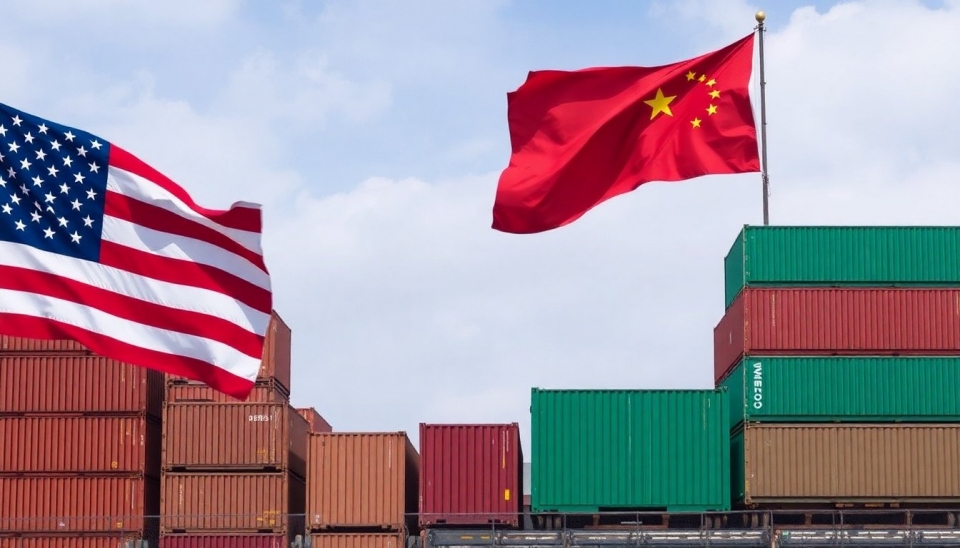
In a surprising turnaround, China’s trade sector appears to have remained largely unaffected by tariffs imposed by various international partners, showcasing robust growth in April 2025. As global economic conditions fluctuate, China has demonstrated resilience, marking an unexpected boost in both exports and imports while navigating an increasingly challenging trade environment.
Recent data reveals a significant increase in China's exports, which rose by 15% compared to the same month last year. This growth is attributed to a surge in demand for Chinese goods, particularly in the sectors of electronics and manufacturing. Notably, analysts had anticipated a decline or stagnation due to ongoing trade tensions and tariff barriers that have plagued Chinese products internationally.
Meanwhile, imports also saw a noteworthy climb, up by 10% from April 2024. This increase is indicative of strong domestic demand, suggesting that the Chinese economy is not only maintaining its footing but is also expanding. The rise in imports has been largely driven by a need for raw materials and components to fuel the production of consumer electronics, industrial machinery, and other goods.
Experts suggest that the positive trade figures may reflect a strategic pivot by China to bolster its economy against external pressures. Many businesses seem to be adapting to the tariffs by shifting their supply chains and sourcing strategies, demonstrating a growing ability to mitigate the impact of international trade tensions.
China's ability to maintain and even boost its trade performance is pivotal for its overall economic outlook. As the nation continues to navigate challenges such as supply chain disruptions and geopolitical strife, the resilient trade figures mark a potential turning point. Analysts agree that if this growth trend persists, it could bolster investor confidence in China’s market and attract foreign investment.
Looking ahead, the forecasts for the coming months appear optimistic. With ongoing investments in technology and infrastructure, alongside a helpful global trading landscape, China is poised to capitalize further on its trade strengths. The nation has committed to expanding its market access and lowering tariffs on a range of imported products, signaling a willingness to engage more positively in global trade.
This growth in trade can also be seen as a response to the broader economic strategies implemented by the Chinese government, which seeks to sustain high levels of growth despite external pressures. These efforts include enhancing domestic consumption, investing in innovation, and promoting cooperation in international markets.
In summary, while the backdrop of global trade challenges looms large, China's April trade performance illuminates a path of resilience and growth. The continued demand for Chinese imports and exports demonstrates the nation’s ability to adapt and thrive in the face of adversity, raising questions on the future trajectory of economic relations worldwide.
As conversations regarding trade policies and tariffs continue to evolve, the spotlight remains firmly on China as it navigates these complexities with a seemingly ever-optimistic outlook.
#ChinaTrade #TariffImpact #EconomicGrowth #Exports #Imports #GlobalTrade #SupplyChains
Author: John Miller



